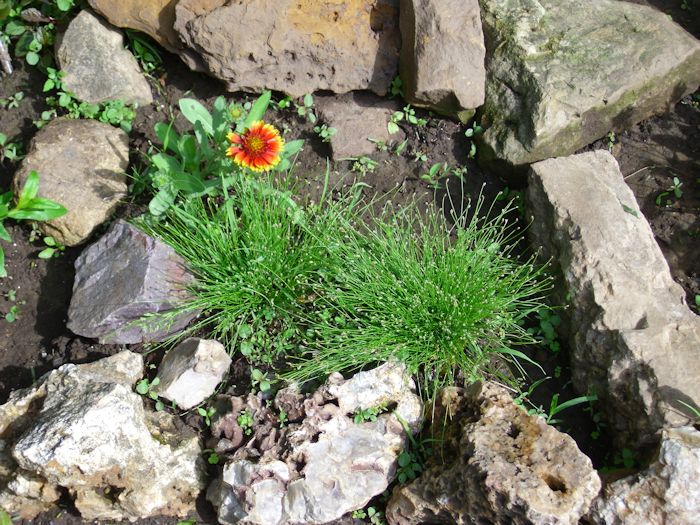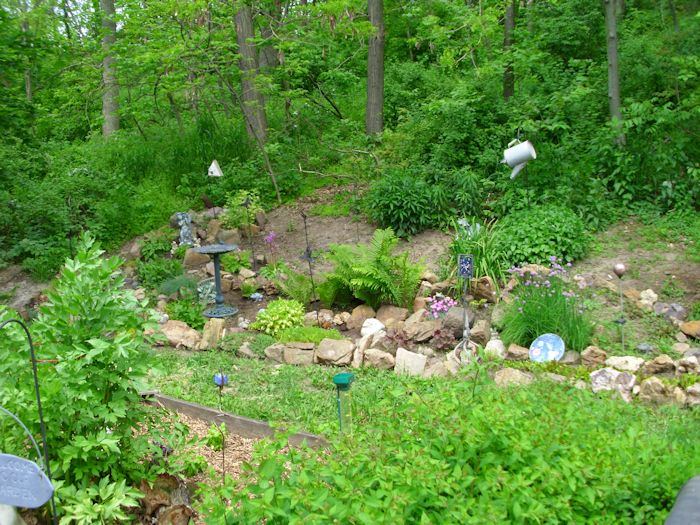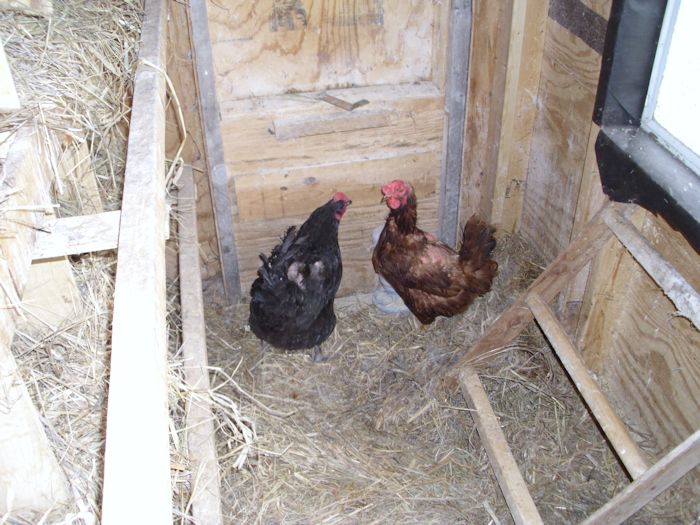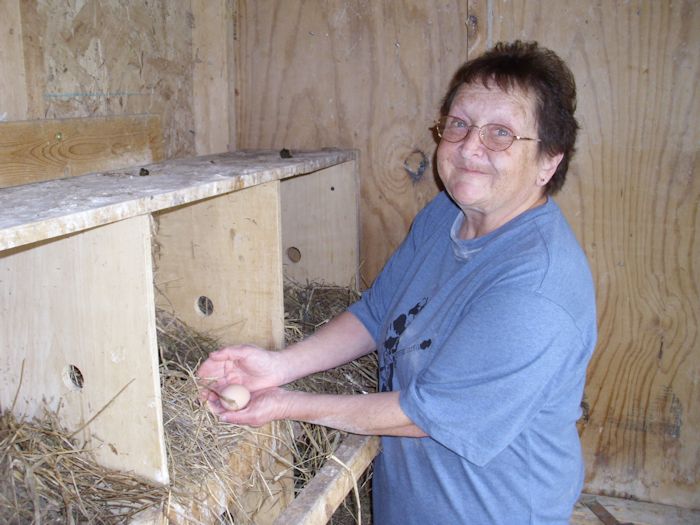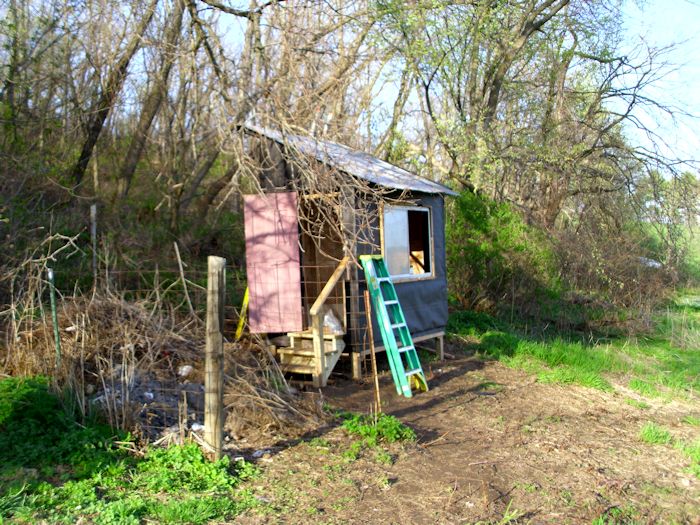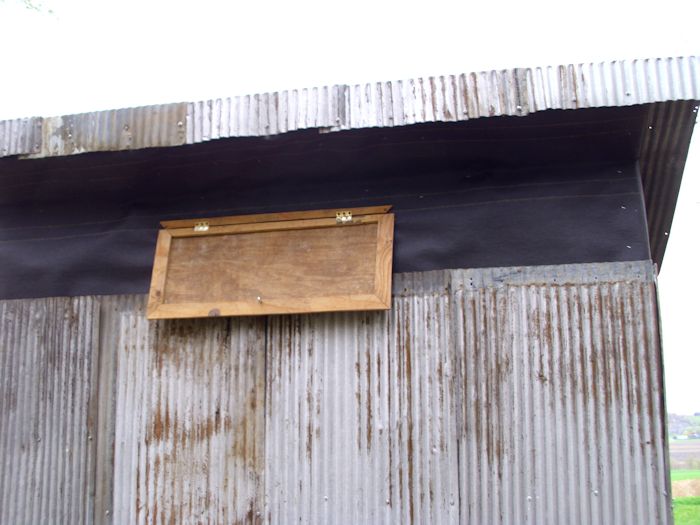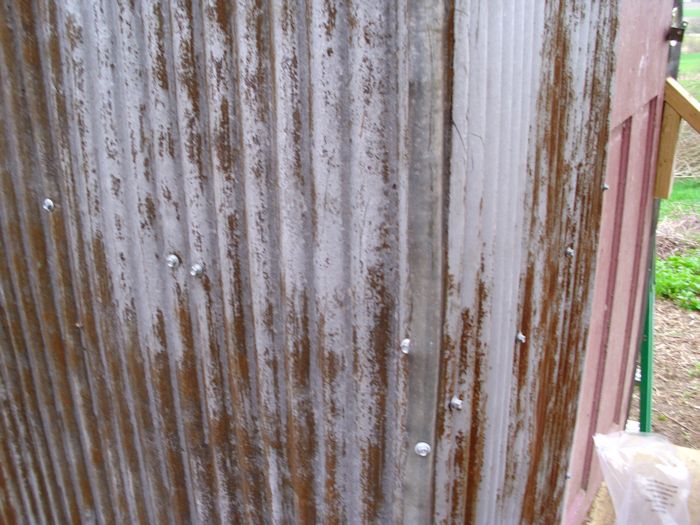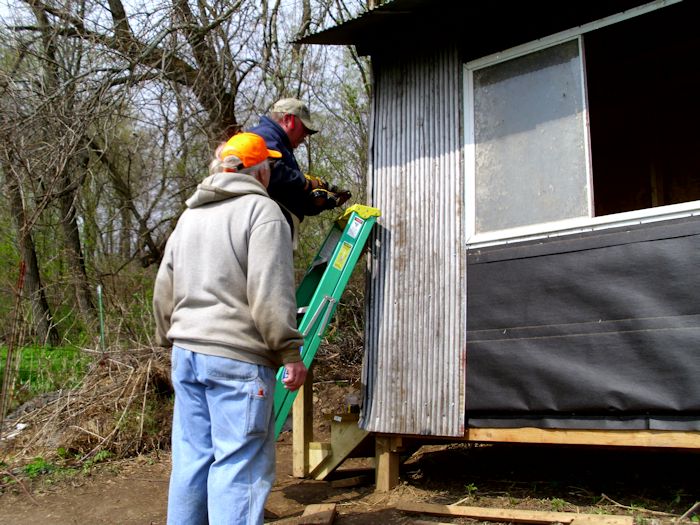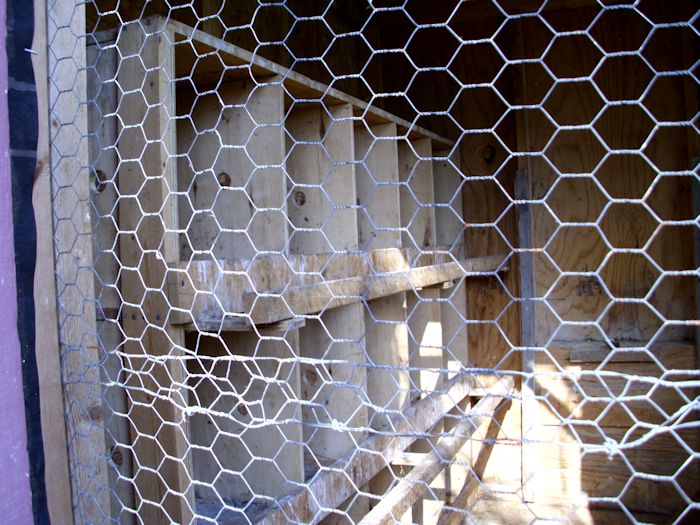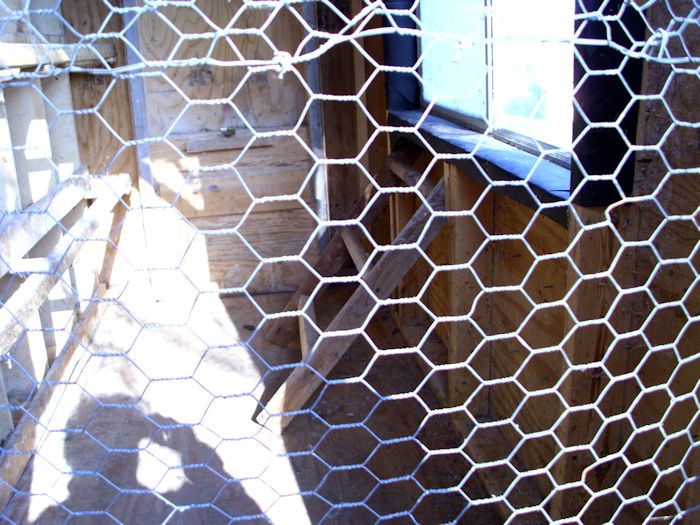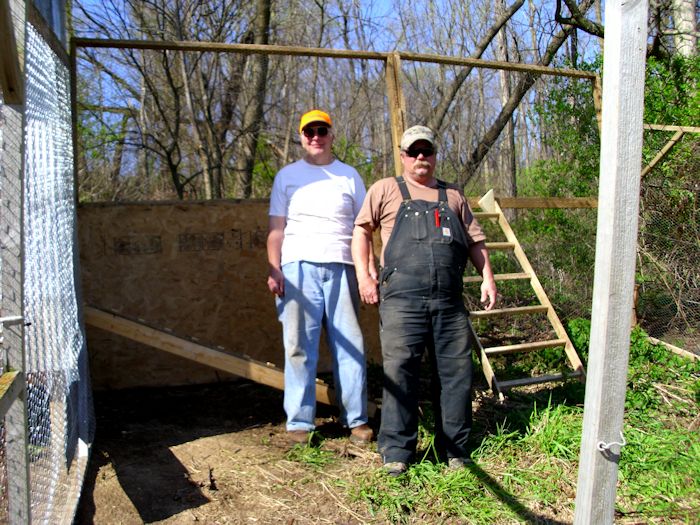It’s always interesting to see how someone is going to handle a movie version of a television show, especially when that show played long enough in the past that the original actors are unavailable to participate in any significant way (especially in their original roles). Dark Shadows starring Johnny Depp (as Barnabas Collins) and Michelle Pfeiffer falls into this category. No matter how you play your part, the people who loved the original show will complain because it isn’t the original show. I remember watching the original Dark Shadows with my mom during lunch in the summer months. I was somewhere around eight or nine at the time the show started in 1966 (I may not have started watching until 1967). There is only one word to describe the original series—Gothic. The brooding interiors, appearances of vampires and other creatures of the night, and overall pacing of the program made it something special even for an eight year old.
The movie is something similar, but also different, from the original Dark Shadows. Anyone who has become so fixated on the original show that they can’t be objective about any other treatment of the topic will absolutely hate this movie. Johnny Depp has taken the original show and made it his. Anyone familiar with Johnny Depp knows that he plays his parts in an unusual manner. The role he played in Pirates of the Caribbean says it all. When you combine Johnny Depp with director Tim Burton, you have to expect the unexpected.
Expect a little comedy in this movie. The comedy isn’t continuous, but it is there and it feels natural when you see it. The comedic element is what adds the true Depp touch to this movie. It isn’t meant to provide a raucous laugh, but more of a good chuckle. The tongue-in-cheek humor can be a little subtle at times and there was one case where I got the joke a few minutes after it appeared on screen. Even so, the humor keeps the movie from becoming a little too dark and possibly boring.
Overall, the movie does follow the same basic plot as the television show, but greatly speeds the plot up and doesn’t include many of the elements of the original show (there are no zombies and the werewolf only makes a cameo appearance). Of course, the original show had over 1,200 episodes in which to convey its content and Johnny Depp only had 113 minutes. I found the movie plot moved along at a nice pace and kept me entertained. There weren’t any places where I was bored and wished for something, anything else to happen. Care was taken to keep the plot coherent and I think most people will enjoy it.
Not to leave Michelle Pfeiffer out, she played something of an accountant. At least, that’s how I essentially viewed her role as the Collinwood family patriarch. I didn’t feel her acting was quite up to the standard of movies like Ladyhawke and Batman Returns. There was a little something missing that made her role feel a bit forced at times.
Eva Green, who plays the evil witch Angelique, does an outstanding job in her role. She plays against Johnny in a way that keeps the plot moving well and doesn’t feel a bit forced. Not having seen the script, I have no way of knowing whether any adlibbing took place, but it wouldn’t surprise me. The two worked together incredibly well. I only barely remember her acting in Casino Royale, a movie that failed to impress me much. I’ll remember her in this role.
Bella Heathcote plays Victoria Winters well. It isn’t an outstanding job, but technically proficient and she did seem to fit the role well enough. This is the first time I’ve seen her acting ability and I hope to see her in future roles because I think she’ll have a lot to offer.
The movie does include a few special effects—some of which you might not notice at first. As with the humor, many of the special effects are subtle and you only realize you’ve seen a special effect after you think about the impossibility of a sequence actually occurring (the physics are simply wrong in some cases). Some special effects are obvious, but not in the exploding car, action-oriented sort of way. A few are really quite amazing because I don’t think I’ve seen them done in any other movie. In short, the special effects work well with the movie and add to it, without being overly obvious in most cases (except when you’d expect them to be obvious).
This is one of Johnny Depp’s better roles. I wouldn’t quite put it on par with his portrayal of Captain Jack Sparrow, but certainly it’s nearly as good. I’ve talked with a few people since I watched the movie who actually do feel this is his best role to date, so what you feel about it will depend on the kind of Johnny Depp you like to watch. One thing is certain, this movie will be going into my library when it’s finally released. No, it’s not the original Dark Shadows, but it’s a fun treatment of the Dark Shadows plot that really does do a great job of entertaining.


